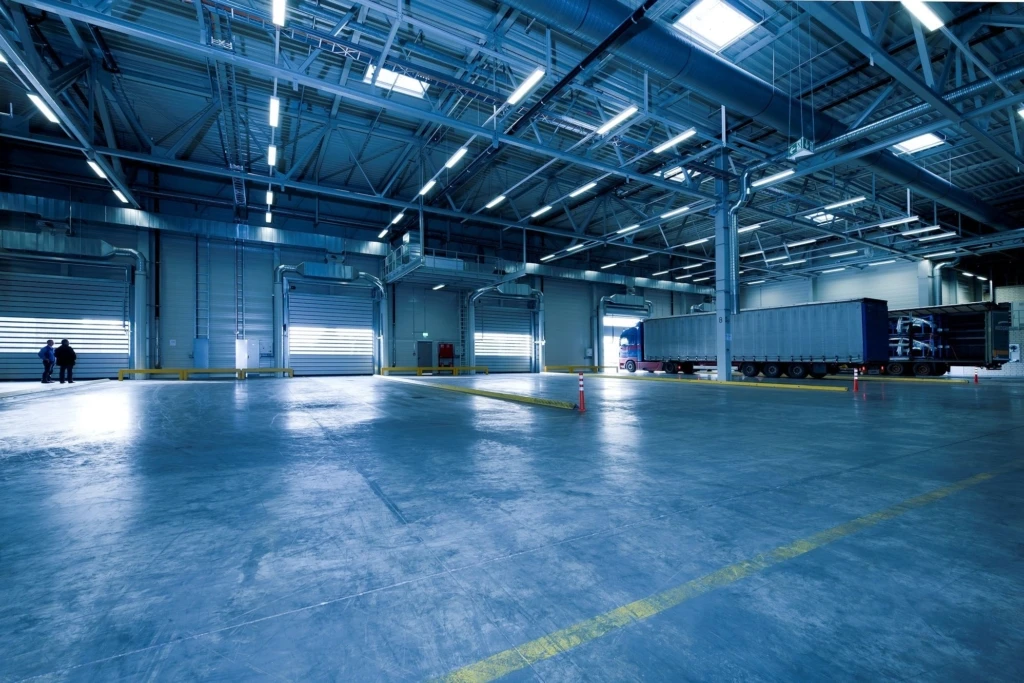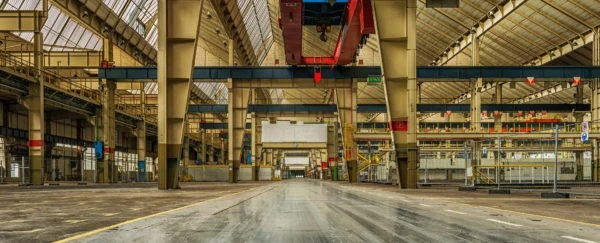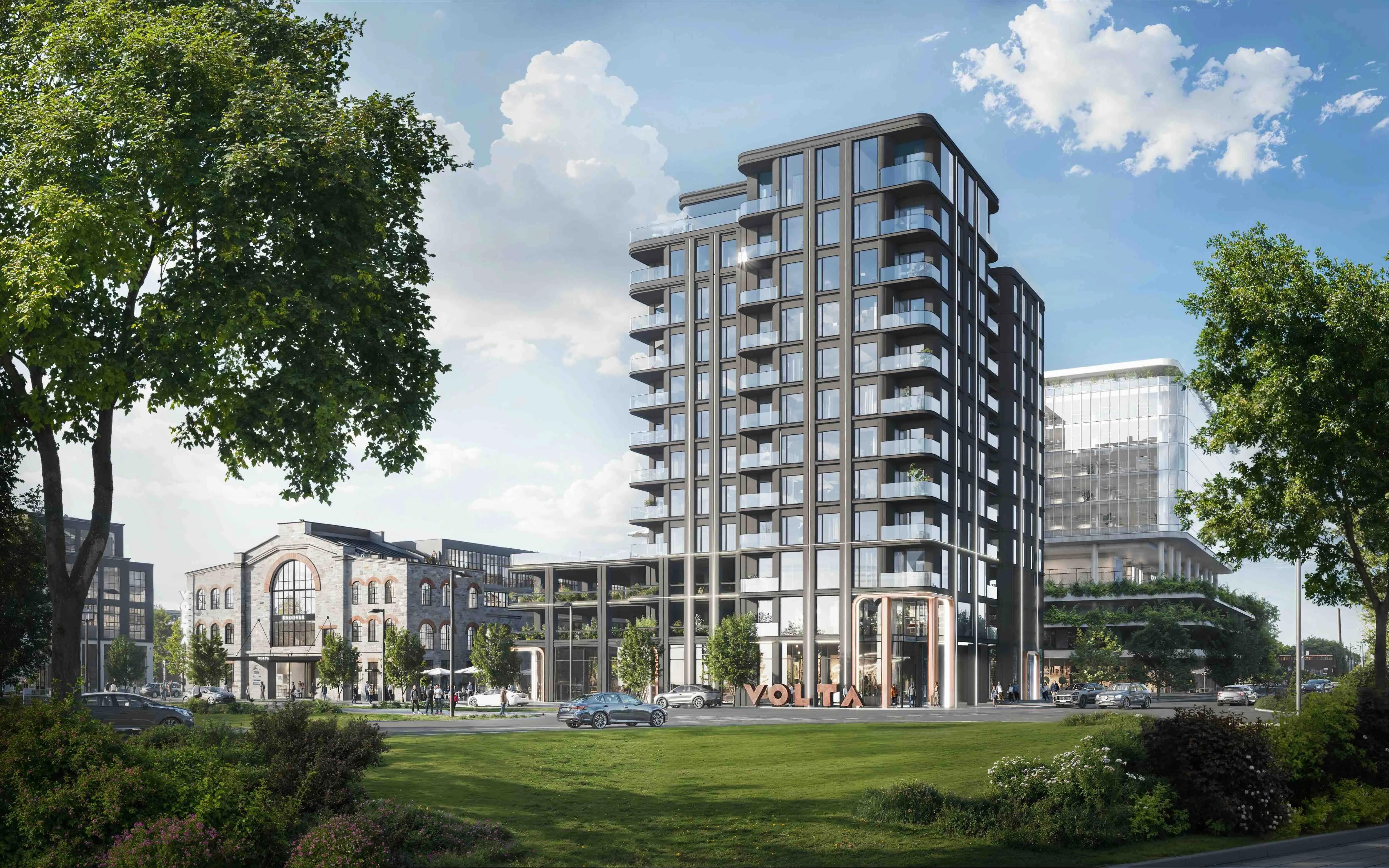Wood and Red: How a Large Company Move Works

Many leaders of large companies don't know how long it takes to build a new building according to their needs. They don't need to know this either, since it's not their specialty, but that's what real estate offices and brokers are for. Since there have been many cases where 2000-3000 m2 of space is sought with only a few months' notice, which is not feasible, some clarification is needed here on how large rental spaces should actually be planned.
To understand what moving a manufacturing company or large warehouse entails, we need to start from the very beginning. Let's look at planning from a real estate sector perspective. As an introduction, it should be said that the entire process takes 1.5-2 years.
How it all works
First, the company's needs are mapped out, which means meeting with its management and listening to all ideas and wishes. The needs consist of many details such as the moving date and the reason for choosing it, the destination and why specifically there. Could the choices be influenced by logistics and workforce, does the type of activity mean high electricity consumption, etc.
When the general outlines are in place, we can get into more detail:
- What is the space requirement in square meters,
- how much electrical power is needed,
- how many employees are there, what conditions do they need and how are they distributed in the building,
- how many parking spaces are needed,
- how is cargo loaded,
- what are the specific requirements for the building such as compressed air, exhaust hoods, ceiling height, lighting, fire safety system, communications, access systems, etc.
The above-mentioned and additional requirements have a corresponding checklist that the company manager fills out together with his team. This gives him and the future landlord a very clear picture of what needs to be built and what could affect the rental price.

Timeline for the entire process looks like this:
- 1-2 weeks the company maps out its needs, because our initial task is very thorough.
- In week 2 we send out inquiries to developers based on this.
- In weeks 2-4 we receive quotes.
- In weeks 5-6 the company management reviews the quotes, compares them, visits the sites and makes an initial selection.
- In week 6 the selected bidders meet with the company and make corrected quotes over the week.
- In week 7 the company makes a new selection and narrows down the suitable quotes, at which point contract terms begin to be discussed.
- Weeks 8-10 are spent on negotiations, which result in signing a contract with the selected bidder.
So far, 2.5 months have passed. And only now does design and building permit application begin. This takes time, depending on the municipality, 4-7 months. Construction takes 9-12 months. And altogether it takes 1.5-2 years.
The entire process could be limited to just one year, but at the same time it could also be much longer. It helps a lot if the company manager makes quick decisions during the weeks mentioned above and during the design phase.
If the company needs to coordinate its relocation plans with management abroad, they should be kept informed as early as possible. Often in such communications, different procedural rules can arise that have been established in a large organization and can slow down the process of reaching agreements.
It's also good to choose only one partner from real estate offices through which all information flows. The broker is the company manager's "right hand" in this process, channeling and consolidating all necessary information in condensed form when needed, bringing market information and comparable transactions, all of which help the manager make faster and better decisions. The broker prevents unnecessary calls from developers and conveys necessary information to the manager at agreed times so he has time to focus on his main task – managing the company.
Thus, obtaining a new suitable warehouse or production space is comparable to building your own house, which is a long and very nuanced process. And although it may sometimes seem that renting some existing space is simpler, the reality quickly becomes clear that a room complex built according to someone else's needs and wishes does not meet your company's requirements anywhere.
It's better to go through this long process with good assistants and spend the rest of the time on the company's core business and its development.
Article source: Uus Maa Real Estate Office




